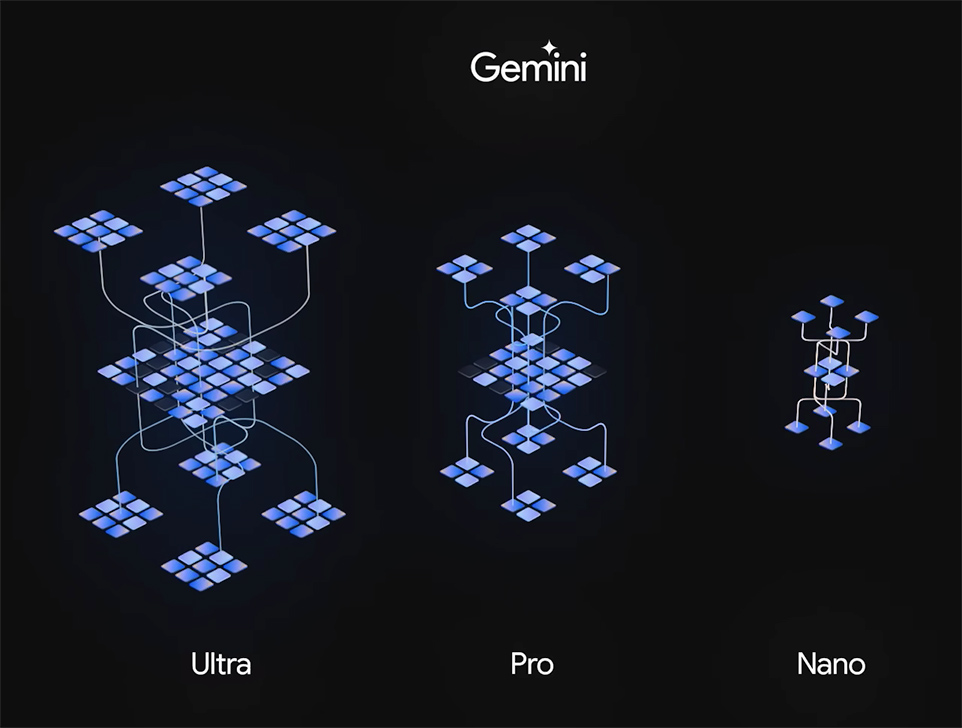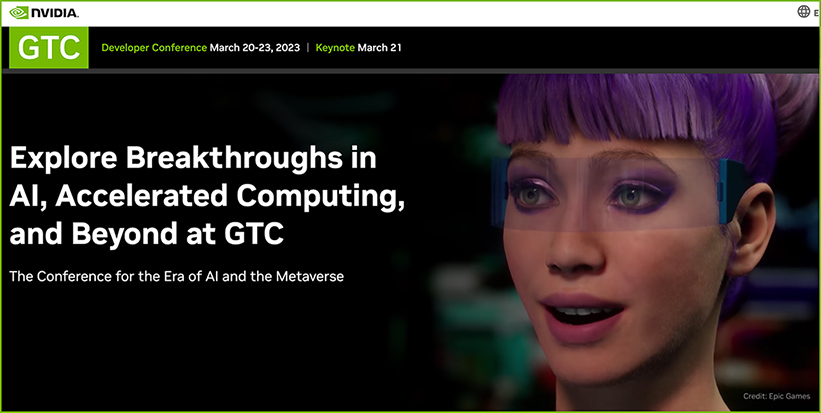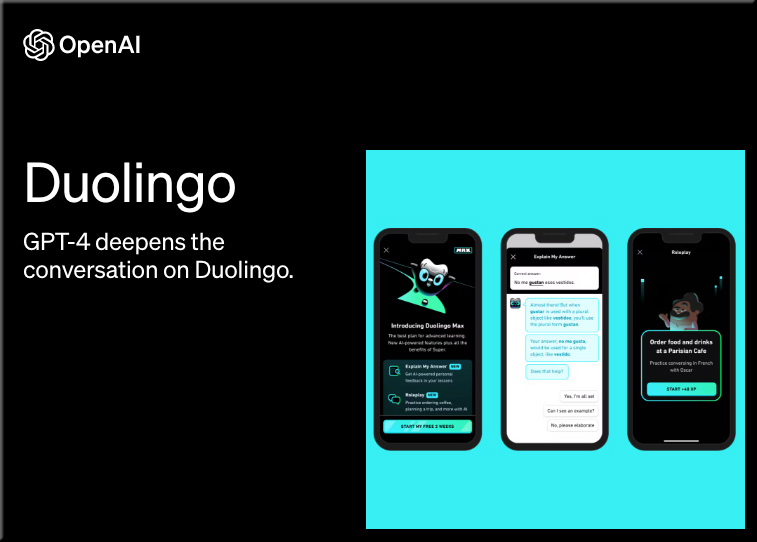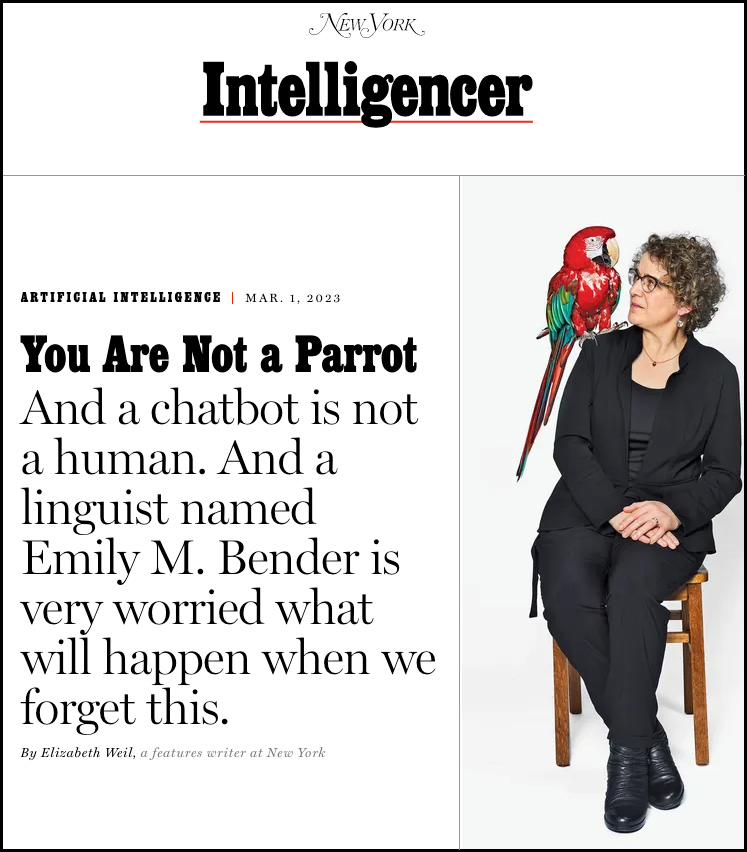Introducing Gemini: our largest and most capable AI model — from blog.google by Sundar Pichai and Demis Hassabis
Making AI more helpful for everyone

Today, we’re a step closer to this vision as we introduce Gemini, the most capable and general model we’ve ever built.
Gemini is the result of large-scale collaborative efforts by teams across Google, including our colleagues at Google Research. It was built from the ground up to be multimodal, which means it can generalize and seamlessly understand, operate across and combine different types of information including text, code, audio, image and video.
One year in: from ChatGPT3.5 to a whole new world — from stefanbauschard.substack.com by Stefan Bauschard
Happy Birthday to ChatGPT 3.5+. You’re growing up so fast!
So, in many ways, ChatGPT and its friends are far from as intelligent as a human; they do not have “general” intelligence (AGI).
But this will not last for long. The debate about ProjectQ aside, AIs with the ability to engage in high-level reasoning, plan, and have long-term memory are expected in the next 2–3 years. We are already seeing AI agents that are developing the ability to act autonomously and collaborate to a degree. Once AIs can reason and plan, acting autonomously and collaborating will not be a challenge.
ChatGPT is winning the future — but what future is that? — from theverge.com by David Pierce
OpenAI didn’t mean to kickstart a generational shift in the technology industry. But it did. Now all we have to decide is where to go from here.
We don’t know yet if AI will ultimately change the world the way the internet, social media, and the smartphone did. Those things weren’t just technological leaps — they actually reorganized our lives in fundamental and irreversible ways. If the final form of AI is “my computer writes some of my emails for me,” AI won’t make that list. But there are a lot of smart people and trillions of dollars betting that’s the beginning of the AI story, not the end. If they’re right, the day OpenAI launched its “research preview” of ChatGPT will be much more than a product launch for the ages. It’ll be the day the world changed, and we didn’t even see it coming.
AI is overhyped” — from theneurondaily.com by Pete Huang & Noah Edelman
If you’re feeling like AI is the future, but you’re not sure where to start, here’s our advice for 2024 based on our convos with business leaders:
- Start with problems – Map out where your business is spending time and money, then ask if AI can help. Don’t do AI to say you’re doing AI.
- Model the behavior – Teams do better in making use of new tools when their leadership buys in. Show them your support.
- Do what you can, wait for the rest – With AI evolving so fast, “do nothing for now” is totally valid. Start with what you can do today (accelerating individual employee output) and keep up-to-date on the rest.
Google says new AI model Gemini outperforms ChatGPT in most tests — from theguardian.com by Dan Milmo
Gemini is being released in form of upgrade to Google’s chatbot Bard, but not yet in UK or EU
Google has unveiled a new artificial intelligence model that it claims outperforms ChatGPT in most tests and displays “advanced reasoning” across multiple formats, including an ability to view and mark a student’s physics homework.
The model, called Gemini, is the first to be announced since last month’s global AI safety summit, at which tech firms agreed to collaborate with governments on testing advanced systems before and after their release. Google said it was in discussions with the UK’s newly formed AI Safety Institute over testing Gemini’s most powerful version, which will be released next year.



















